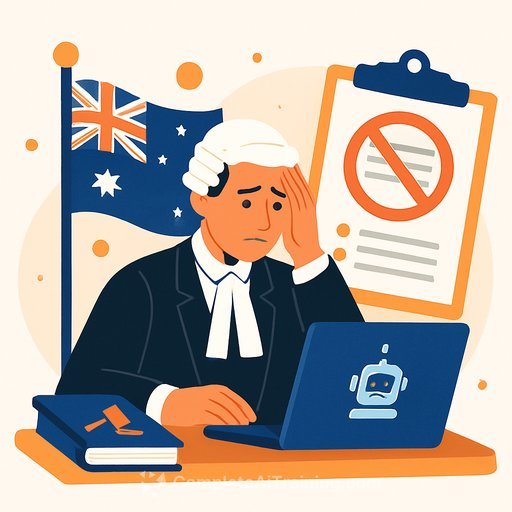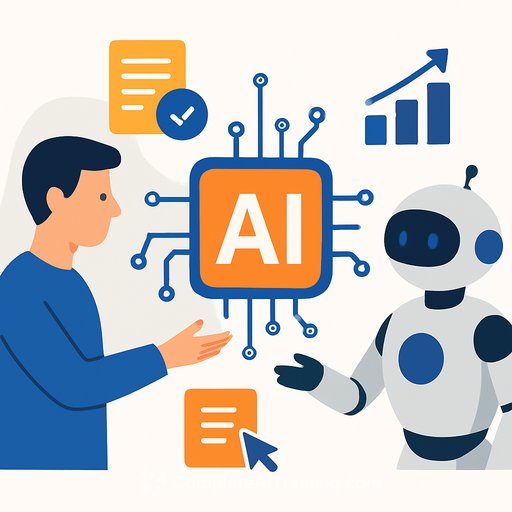When AI Hallucinations Hit the Courtroom: Why Content Quality Determines AI Reliability in Legal Practice
AI is now part of legal work, government operations, and how IT teams support both. But there's a non-negotiable rule: if the content behind your AI isn't trustworthy, your outcomes won't be either.
Recent court incidents proved it. Two federal judges withdrew rulings after staff used public AI tools that produced fabricated citations. That's not a hypothetical risk-that's real-world fallout.
- Public AI trained on unvetted internet data isn't built for professional legal standards.
- Professional-grade AI grounded in curated legal databases delivers over 95% accuracy and traceability.
- Responsible adoption means using tools like CoCounsel Legal that cite sources, integrate with trusted content, and support verification.
- The high-stakes reality of AI in legal practice
- Why public AI tools fail legal professional standards
- Professional-grade tools are built on professional-grade content
- The verification imperative: Professional responsibility in the AI era
- A call for professional standards in legal AI
- The path forward: Embracing AI responsibly
The high-stakes reality of AI in legal practice
During a recent Senate inquiry, two federal judges confirmed that staff used public AI tools-ChatGPT and Perplexity-while drafting rulings that were later withdrawn. The errors were corrected, but the warning is clear: hallucinations and fake citations can slip into serious decisions fast.
This isn't an indictment of AI. It's a wake-up call about inputs. If your AI is trained on random web content, you'll get unpredictable outputs. In court, that's unacceptable.
Why public AI tools fail legal professional standards
Most public AI models are trained on broad internet data. That creates weak points you can't afford in legal, policy, or compliance-heavy environments.
- Unreliable sources: Forum posts and authoritative treatises get equal weight.
- Outdated information: No reliable update cycle when laws change or cases are overturned.
- No editorial oversight: Legal experts aren't vetting the inputs.
- No citation control: No trusted citator, so the model may misapply or invent cases and citations.
If your decisions impact rights, budgets, or public policy, "close enough" is a risk, not a feature.
Professional-grade tools are built on professional-grade content
Tools aren't enough. The content behind them must meet professional standards. Here's the difference in practice:
- Public AI approach: ~60-70% accuracy in legal research, limited traceability, and elevated risk of hallucinated authorities.
- Professional-grade content approach: 95%+ accuracy when grounded in curated legal databases, expert-validated sources, direct traceability to authoritative precedents, and real-time updates.
Thomson Reuters follows the professional-grade model. Its AI solutions integrate Westlaw and Practical Law-maintained by 1,200+ attorney editors-so outputs are anchored to sources legal teams already trust. CoCounsel Legal draws from the same content relied on by 99.6% of Fortune 500 companies and 97% of the AmLaw 100.
The verification imperative: Professional responsibility in the AI era
Even the best systems need verification. Delegating drafting to AI doesn't delegate accountability. You're still on the hook for accuracy.
What professional-grade looks like in practice:
- Integrated with trusted content: Retrieval-augmented generation ensures answers are grounded in validated sources.
- Uses a citator you can trust: Systems aligned to proven frameworks like the West Key Number System help prevent misapplied precedent.
- Trusted sources only: Practical Law, Westlaw secondary sources, and your firm or agency's KM system.
- Easy citation checks: Direct links to cases and statutes for quick, accurate validation.
Want a policy framework for your org? NIST's AI Risk Management Framework is a solid starting point for government and enterprise teams building AI controls and review procedures. NIST AI RMF
A call for professional standards in legal AI
Legal, government, and IT leaders need aligned standards. The stakes are too high for guesswork or "good enough."
- Choose AI built on authoritative legal content-not generic, web-scraped data.
- Adopt verification protocols for every AI-generated work product.
- Know your model's sources, update cadence, and limitations.
- Stay current on ethical and professional obligations tied to AI use.
The path forward: Embracing AI responsibly
The answer isn't to avoid AI. It's to use AI that respects legal standards-and your reputation. Tools like CoCounsel Legal, integrated with trusted content and transparent citations, help teams move faster without sacrificing accuracy.
Clients deserve research they can trust. Courts deserve accurate, source-backed analysis. Your team deserves tools that reduce risk, not add to it.
If you're building policies, training teams, or upgrading your stack, start with education. Explore practical AI training by role and skill to set a consistent baseline across legal, policy, and IT functions. Courses by job . Latest AI courses
The question isn't whether you'll use AI. It's whether you'll choose systems-and content-that meet the standard your work demands.
Your membership also unlocks:










